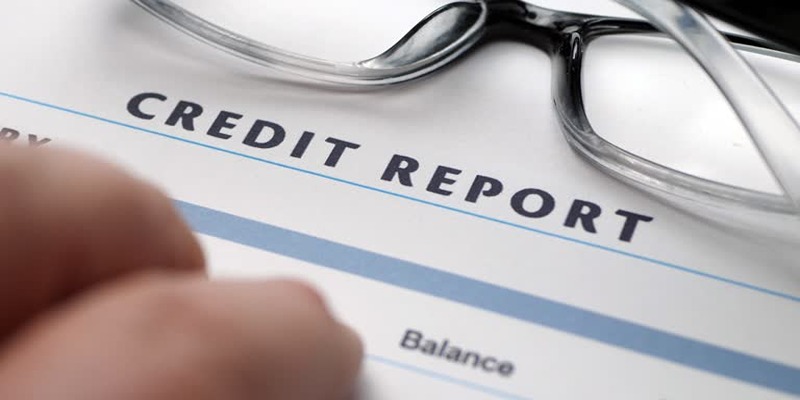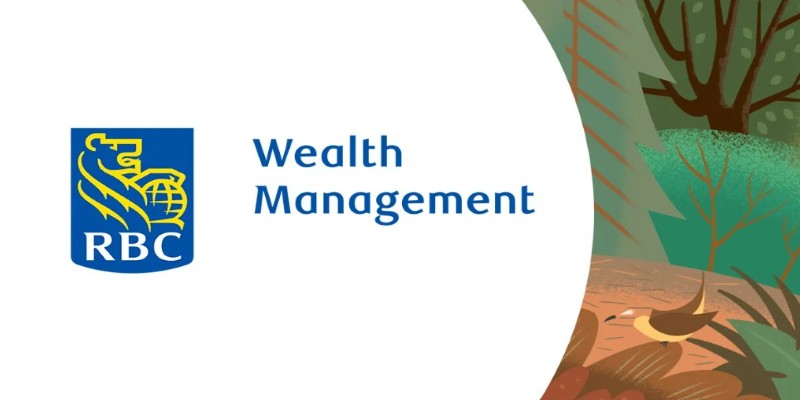What if you could take a credit card, a mortgage, and a checking account—and roll them all into one? Sounds strange, right? But that’s exactly what a first-lien HELOC does. It flips the traditional mortgage model on its head. Instead of taking out a standard home loan and slowly chipping away at it for decades, a first-lien HELOC gives you revolving access to your home equity with flexibility that a typical mortgage simply can't match. But before jumping in, there are a few key truths every homeowner needs to know. Let's break it down step by step.
First-Lien HELOCs: The Basics You Shouldn’t Miss
Let’s start with what the name actually means. “HELOC” stands for home equity line of credit. Normally, HELOCs are second-lien products—meaning they sit behind a traditional mortgage. You only get access to a portion of your home’s equity, and you pay interest only on what you borrow.
But a first-lien HELOC is different. It replaces your primary mortgage instead of sitting behind it. In other words, it becomes the first claim against your home if you default on the loan. It functions as both a mortgage and a line of credit, giving you more fluid access to the equity in your property.
Here’s where it gets interesting: it works like a checking account. Your income gets deposited directly into it, and every dollar you deposit reduces your principal balance—automatically lowering the interest you owe. You can also pull money out anytime, up to your limit, just like a credit card.
For homeowners who want daily control over how they borrow and repay, this structure offers a level of flexibility that traditional loans can’t compete with. But with that flexibility comes a learning curve—and potential risk if misused.
How Does It Work in Real Life?
Let’s imagine a homeowner named Mark. He owes $300,000 on his house and decides to switch from a conventional mortgage to a first-lien HELOC. Once approved, his HELOC acts like a giant credit line, allowing him to pay off the old mortgage in one swoop.

Every month, Mark gets paid and deposits his income straight into his HELOC account. This reduces his balance (and interest) since the interest is calculated daily, not monthly. That means the sooner you deposit, the less you owe. Mark still uses his account to pay for bills and groceries or even make large purchases if needed—but as long as he keeps his spending under control, he’s knocking down his loan balance much faster than he would under a traditional 30-year mortgage.
Another major benefit? The structure encourages financial discipline. Since the first-lien HELOC acts like your main checking account, you see your loan balance every day. That constant visibility often leads homeowners to manage their spending more carefully.
The product is especially attractive for self-employed individuals or business owners who experience irregular cash flow. Instead of letting excess cash sit idle in a separate account, every extra dollar is applied directly toward reducing interest costs.
Risks, Limits, and What to Know Before Diving In?
Of course, not everything about a first-lien HELOC is rosy. There are trade-offs, and it’s not a one-size-fits-all tool.
The biggest risk is variable interest. Unlike fixed-rate mortgages, most first-lien HELOCs come with adjustable rates that can rise with the market. If rates go up and you haven’t paid down enough principal, your monthly cost can spike. That’s why these loans are best suited for borrowers who plan to pay them down aggressively and monitor market conditions carefully.
Second, these products often require a strong credit score and a solid equity position. Lenders are taking more risk since this is a revolving line of credit with daily access to large sums—so underwriters are choosier than they are with standard mortgages. Documentation requirements may be stricter, and approval times may be longer than those for traditional loans.
Another limitation is that they're not widely available through traditional banks. Most large lenders don't offer first-lien HELOCs. You’ll typically find them through credit unions or specialized financial institutions that cater to more financially savvy borrowers. And if you’re not already comfortable managing your money closely, the freedom a first-lien HELOC offers can be a double-edged sword. Mismanaging withdrawals or ignoring balance fluctuations can lead to financial setbacks or long-term repayment challenges.
Still, when used wisely, it’s a powerful financial instrument. Especially during times of high interest rates or when liquidity is a priority, homeowners can leverage the flexibility to their advantage. Some use it to consolidate debt, invest in renovations, or even grow a business—while still cutting years off their original mortgage timeline.
Is a First-Lien HELOC Right for You?
Let's put it this way—if you're someone who prefers automation and consistency, you may feel more at home with a fixed-rate mortgage. But suppose you want hands-on control, financial visibility, and the ability to redirect every extra dollar toward your equity without penalties or rigid payment structures. In that case, a first-lien HELOC is worth serious consideration.

It's a tool that rewards discipline and can potentially save tens of thousands in interest over the life of a loan—but it’s not a shortcut or a hack. It requires understanding how money flows in and out of your life, planning accordingly, and avoiding the temptation to spend just because credit is accessible.
More than just a mortgage alternative, it’s a financial lifestyle shift. And for the right borrower? It can be a game changer.
Conclusion
First-lien HELOCs aren't new, but they're gaining traction as homeowners seek smarter, more adaptable ways to manage their debt. Rising interest rates and a growing need for financial fluidity are making the traditional 30-year fixed mortgage feel a bit too rigid for some borrowers. With a first-lien HELOC, you're not just borrowing—you're optimizing. Every dollar counts. Every deposit helps. And instead of being locked into one path, you’re in the driver’s seat. It gives borrowers real-time insight, improves cash management, and creates an opportunity to build equity faster—while still maintaining the freedom to access funds when needed.












